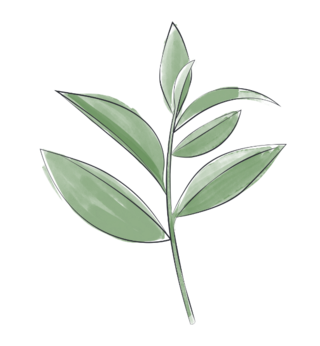
Carrot Ginger Twist
with Orange and Carrot tea
Ingredients for one glass:
125 ml Orange and Carrot tea
10 ml ginger syrup
5–10 ml fresh lime juice
1–2 sprigs of mint
Fresh ginger
Crushed ice
Here’s how to make it:
Pour boiling water over 5 g of tea, allow to steep for 10 minutes and then chill. Fill a glass with crushed ice. Add the ice-cold tea, ginger syrup and lime juice and stir. Tip: for the finishing touch, garnish with mint leaves and fresh ginger.

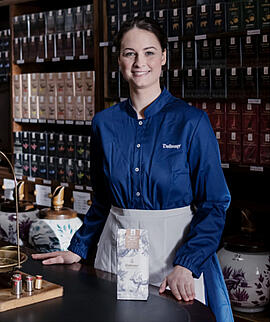





























































































































































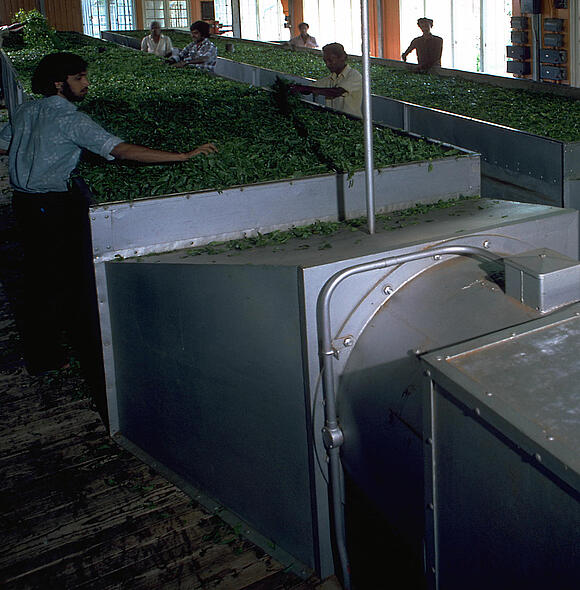



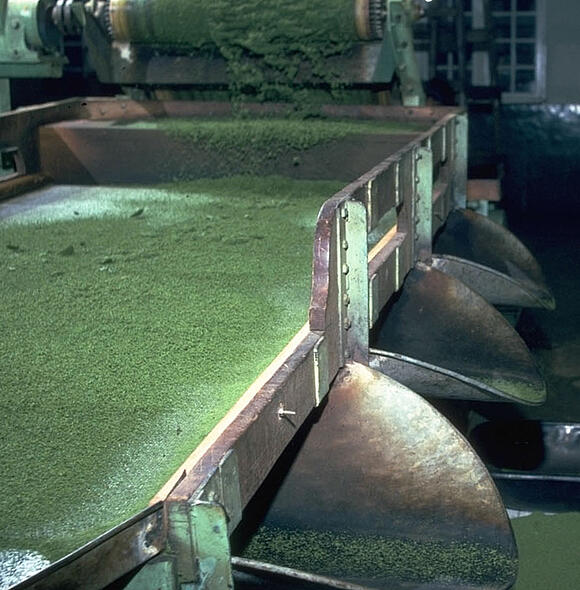



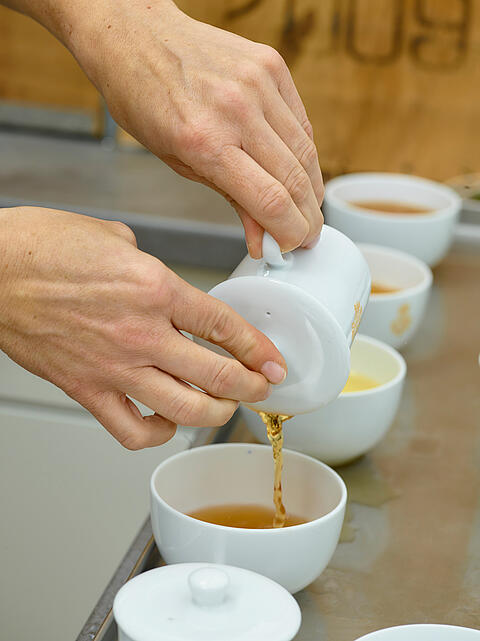

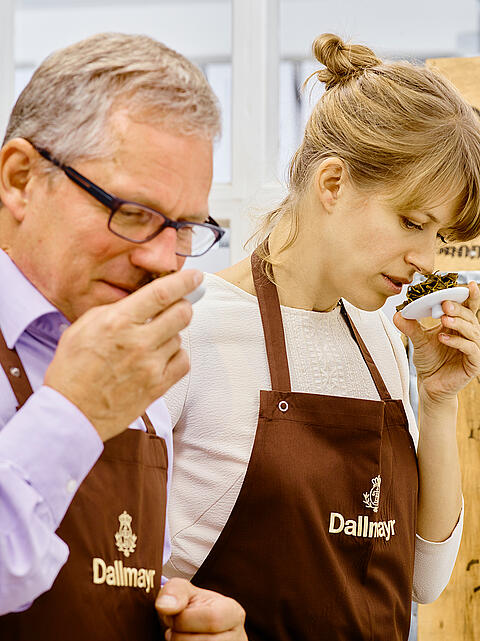


 Store in tight, sealed containers, such as tea tins
Store in tight, sealed containers, such as tea tins  Light
Light 

